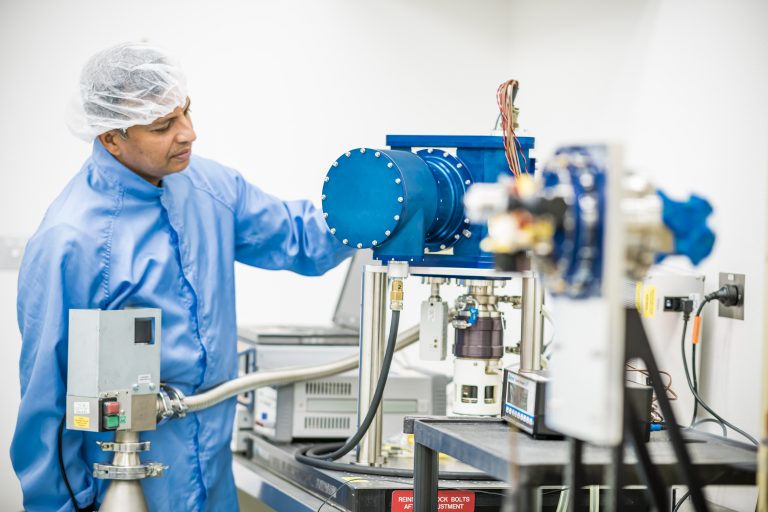About AAO
Australian Astronomical Optics-Macquarie is working at the forefront of astronomical optics -from photonics and positioning systems to astronomy data management and research.
- Home
- About Us
AAO-Macquarie is a special department within the Faculty of Science and Engineering of Macquarie University.
Our focus is on designing, building and testing advanced instrumentation for astronomical studies of deep space, earth observation, defence and other applications. Our customers include major observatories and research institutions in the USA, Europe and Asia.
Our staff of more than 50 multi-disciplinary engineers and scientists work on many projects simultaneously through a system of matrix management. All our major projects follow quality assurance procedures which include requirements development, model-based system engineering, milestone reviews and acceptance testing.

AAO was formed in 1974 as a bi-national facility for the Governments of Australia and the United Kingdom to operate the 3.9m Anglo-Australian Telescope at Siding Spring. Following the withdrawal of the UK in 2010, the AAO became fully owned by the Australian Government under the Department of Industry.
In July 2018, the AAO became a new department of Macquarie University focussing on state-of-the-art instrumentation, while the observatory responsibilities transferred to ANU.
AAO Instrumentation
Over its long history, AAO has developed instruments both for the Anglo-Australian Telescope (AAT) at Siding Spring Observatory, and for other observatories around the world. The early use of optical fibres set the organisation apart in the 1980s when multi-fibre spectroscopy was transformed from an interesting novelty into a highly productive technique. Once the potential of this technique was demonstrated, the AAO built 2dF, a fibre positioning robot allowing the capture of 400 spectra at once. This was an unprecedented development and the scientific surveys that followed provided the worldwide astronomical community with some of its richest data. 2dF catapulted AAO to prominence in the astronomical community, resulting in many subsequent collaborations, contracts and deliveries of innovative spectrographs, imagers and robotic positioners for both visible and infrared observations.
Today AAO’s expertise with fibre positioners and multi-object spectroscopy remains but has expanded into new fields as well such as high-stability spectrographs, precision imagers, payloads for low earth orbit and defence research.
We work closely in collaboration with our Australian partners.
Our Astralis Instrumentation Consortium (Astralis) partners are:
Astralis-AITC
Australian National University, through its Advanced Instrumentation Technology Centre (AITC) within the Research School of Astronomy and Astrophysics.
Astralis-USyd
The University of Sydney, through elements of the SAIL photonics laboratories within the School of Physics.
AAL
Astronomy Australia Limited facilitate access for Australian-based astronomers to the best research infrastructure.
For further information on the Astralis Instrumentation Consortium (Astralis) including our capabilities and current projects visit the Astralis website.

